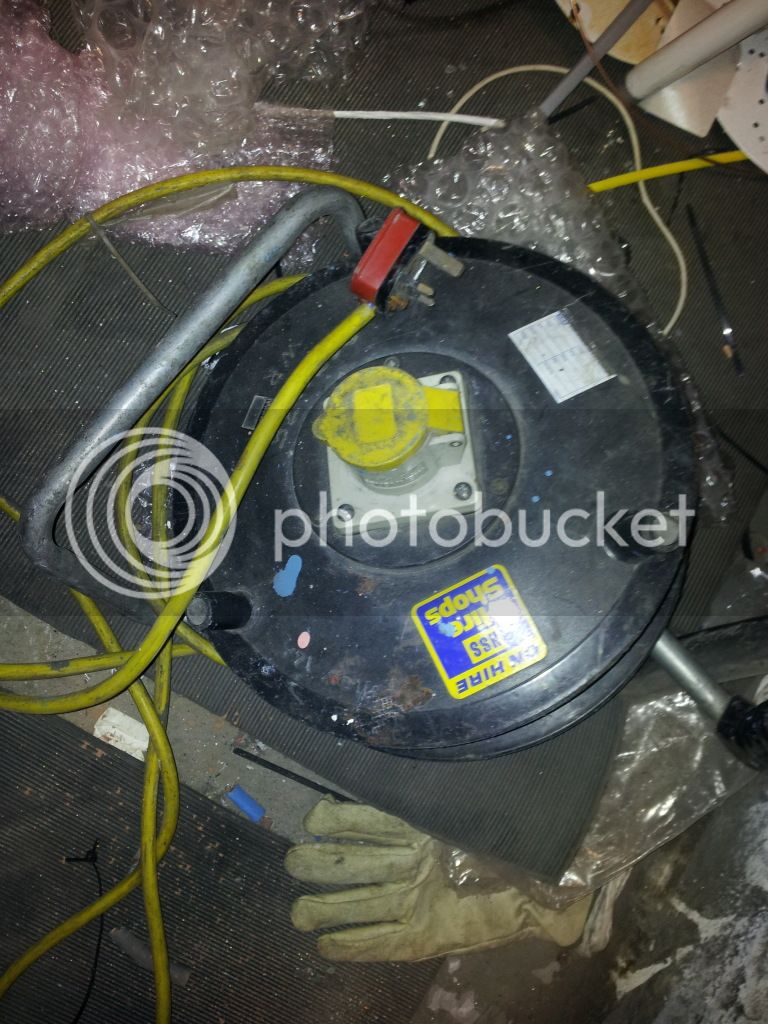kelvfoozinda
Member
- Joined
- Jan 17, 2012
- Messages
- 49
- Reaction score
- 0
Supplied by our Eastern European building friends on a site I visited recently. I assume they wanted their tools to work better!




We did that back in the 70's before all the cordless & 110v stuff was around. When site fluorecent lighting first came out it was still 240v stuff with auto transformers inside to step it back up to 240v from 110v. All the sparkys used to nick the trannys & fit them in the battery compartments of there radios so they would work off 110v..Back to the original post. A friend of mine has a 110v transformer and has replaced the 13A plug top with a 110v plug and replaced the 110v socket on the side of the transformer with a single socket. Apparently works perfect and transforms 110v to 230v so he can charge his batteries up on site.
We did that back in the 70's before all the cordless & 110v stuff was around. When site fluorecent lighting first came out it was still 240v stuff with auto transformers inside to step it back up to 240v from 110v. All the sparkys used to nick the trannys & fit them in the battery compartments of there radios so they would work off 110v.
Spot on. The pair of them came with the kit of stuff when I bought the PAT tester.PAT testing the 110v leads?
ive done the same, but you have to alter the wiring inside, you cant just swap the plugs (otherwise you will end up with around 50-55 volt output instead of 230)Back to the original post. A friend of mine has a 110v transformer and has replaced the 13A plug top with a 110v plug and replaced the 110v socket on the side of the transformer with a single socket. Apparently works perfect and transforms 110v to 230v so he can charge his batteries up on site.
correctly used in the right conditions, then just about any adapter is safeActually I have a pair of leads. One has a 240V plug and 110V socket, the other has a 240V socket and a 110V plug.They both have a perfectly valid use. Can you guess what it is?
Enter your email address to join: